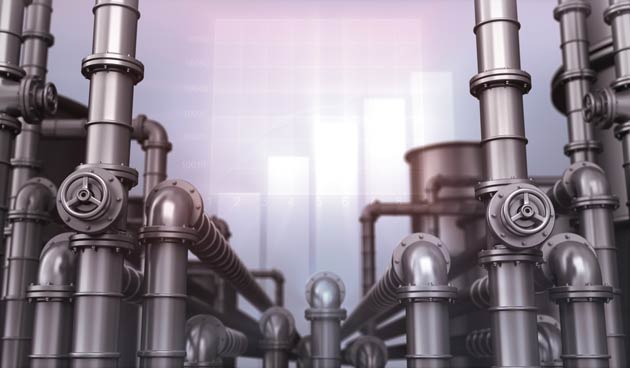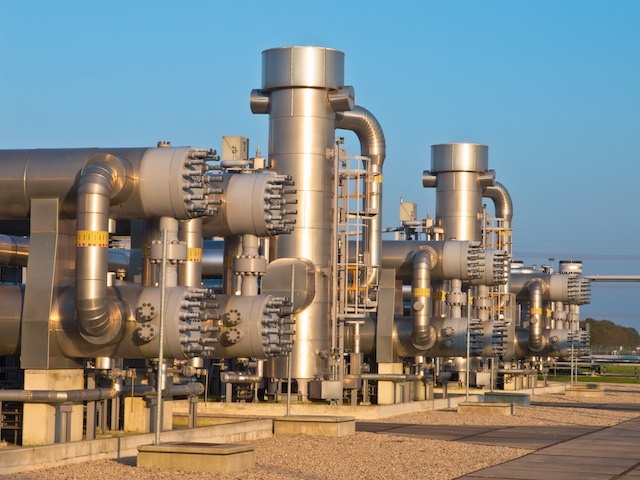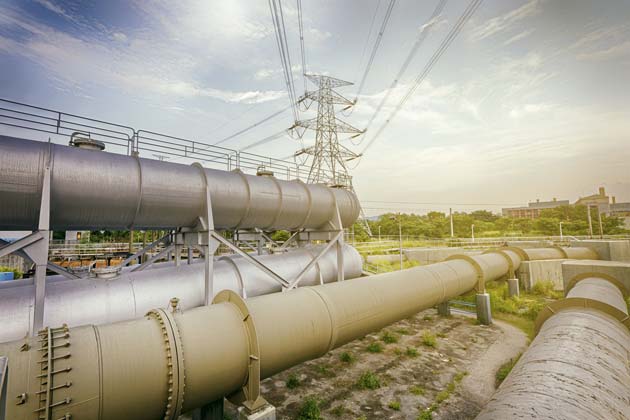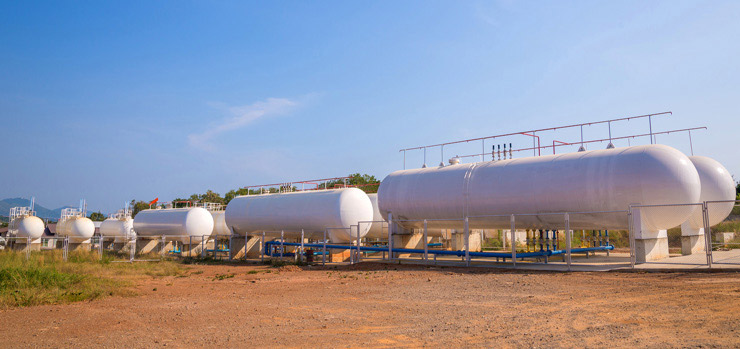
With the oil industry facing tough times and challenges, it’s always exciting to hear about projects that hope to turn to the tide. In order to be able to meet future demands, new areas are being tapped into. Papua New Guinea is one of those regions, due to its large reserves of high-quality gas, as well as being attractive to investors, with projects being developed at lower costs than in more traditional oil-rich countries.
The first LNG project in Papua New Guinea shipped out its cargo in the summer of 2014 and proved to be a huge success. The ExxonMobil venture was one of the least-expensive LNG construction projects to date, and will produce at 6.9 million tonnes of LNG a year, as well as provide jobs and facilities to the local communities. There is more information on this particular project on its official website.
The economic viability and the quality of produce from this build has proven to other investors that Papua New Guinea is certainly not an area to be ignored. Earlier this year it was announced that French oil and gas company Total S.A, has joined forces with InterOil and Oil Search to develop the Elk-Antelope gas fields, as the second major LNG project in the country.
The Elk-Antelope build is hoping to supply up to 7.5 million tonnes of LNG per year to buyers around the world, mainly in China and Japan. The first shipments are expected by 2021, which should coincide with other LNG contracts in North Asia coming to an end and increasing demand from the Papua New Guinea sites.
The Elk-Antelope fields being developed are thought to hold up to 12 trillion cubic feet of natural gas, though they are still in the final stages of appraisal to ascertain just how large the reserves are. InterOil describes the fields as one of the largest finds in Asia in two decades. We should see the beginnings of front-end engineering and design at some point during the next year.
As InterOil continues to drill fields across Papua New Guinea, it is likely that there will be scope for more future projects to come out of the region, entering a new player into the global market. It will face competition from North America and Australia where LNG projects are expected to increase over the next decade.
At Corrotherm we welcome the announcement of new projects like these ones in Papua New Guinea, as they will help to increase competitiveness in the industry and start the recovery of oil prices.
Ian Newman, managing director at Corrotherm, comments: "These projects are the sort of new exploration that could help lead the industry forward from the current challenging times, and we're interested to see how the region develops as a new player on the world energy stage. The design and engineering methods being employed for use in manufacturing for gas and oil production to keep costs minimal but production high, means that there will be a demand for high-nickel alloys for sour oil and gas fields. In particular, the INCONEL and INCOLOY alloys are both cost-effective and efficient."
Ian continues: "At Corrotherm we've supplied a lot of INCOLOY alloy 825 for LNG projects like these, where customers have found the alloy's high corrosion resistance delivers great durability, which can prove invaluable in a range of tough environments."
If you would like to know more about using our alloy grades in oil and gas extraction, contact a member of our sales team.
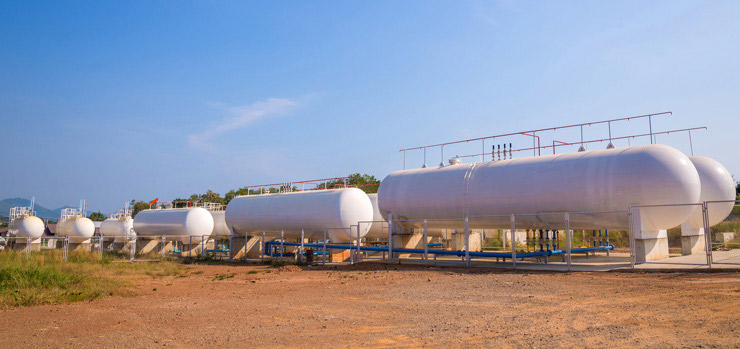 Corrotherm tracks Papua New Guinea's new LNG projects
Corrotherm tracks Papua New Guinea's new LNG projects